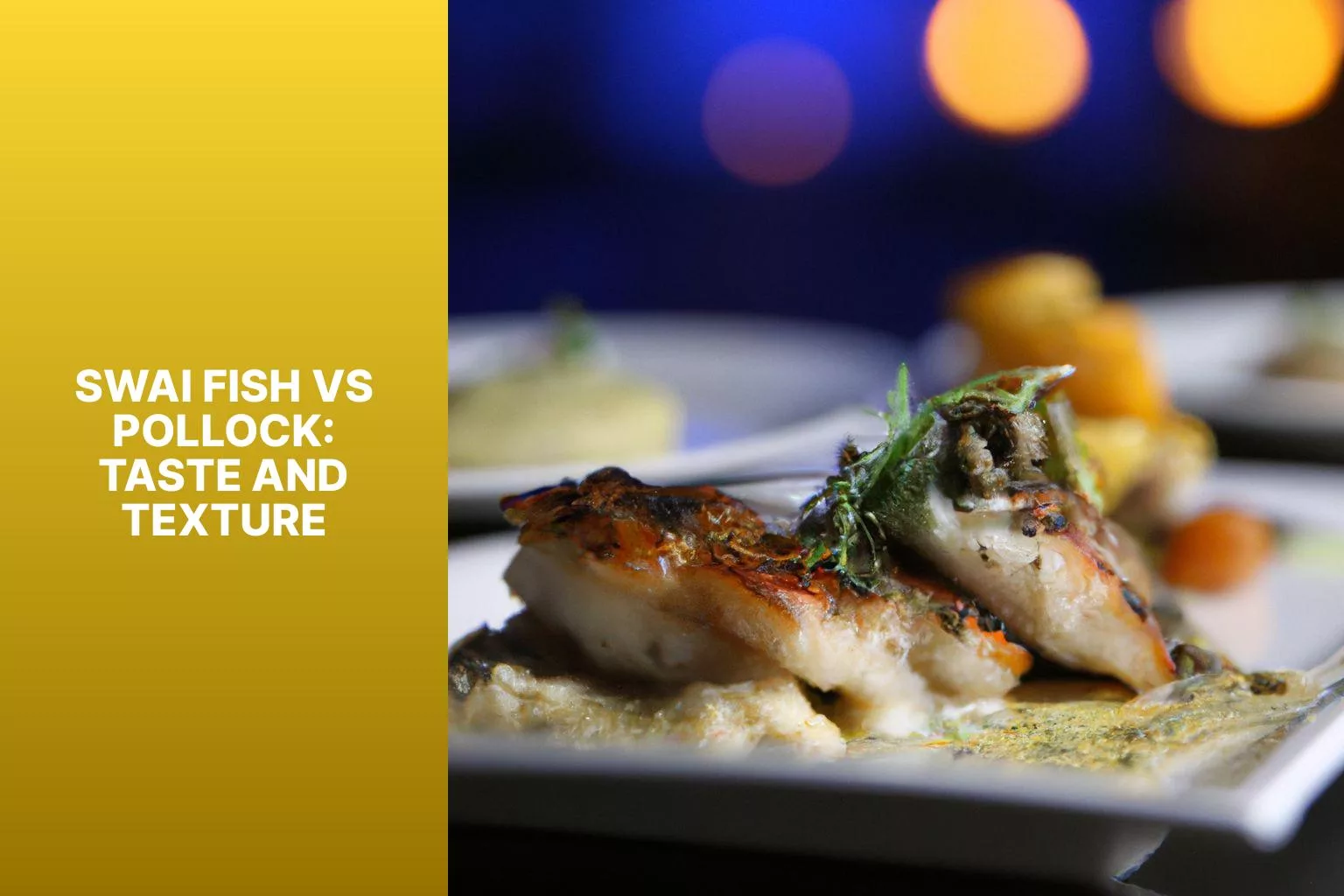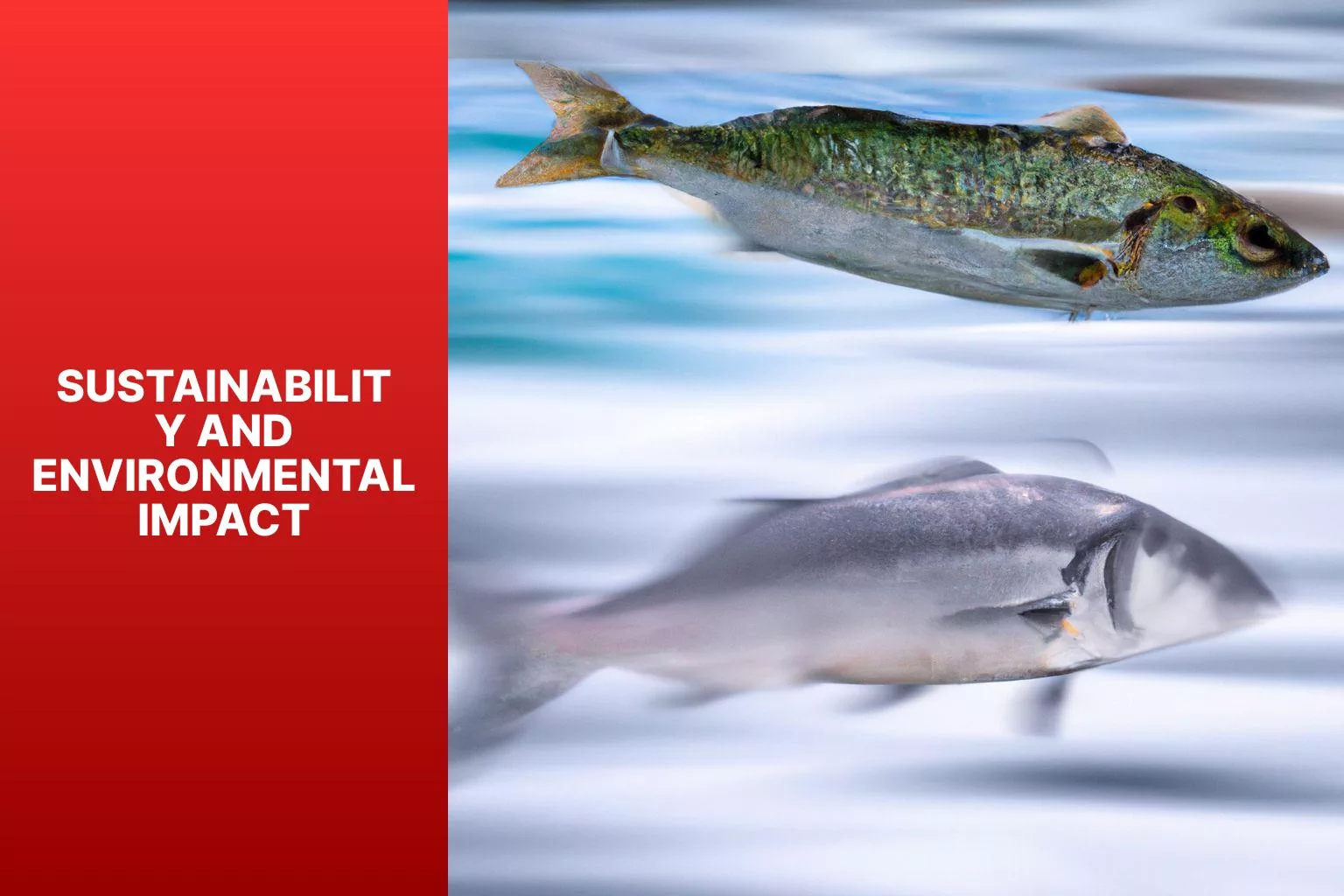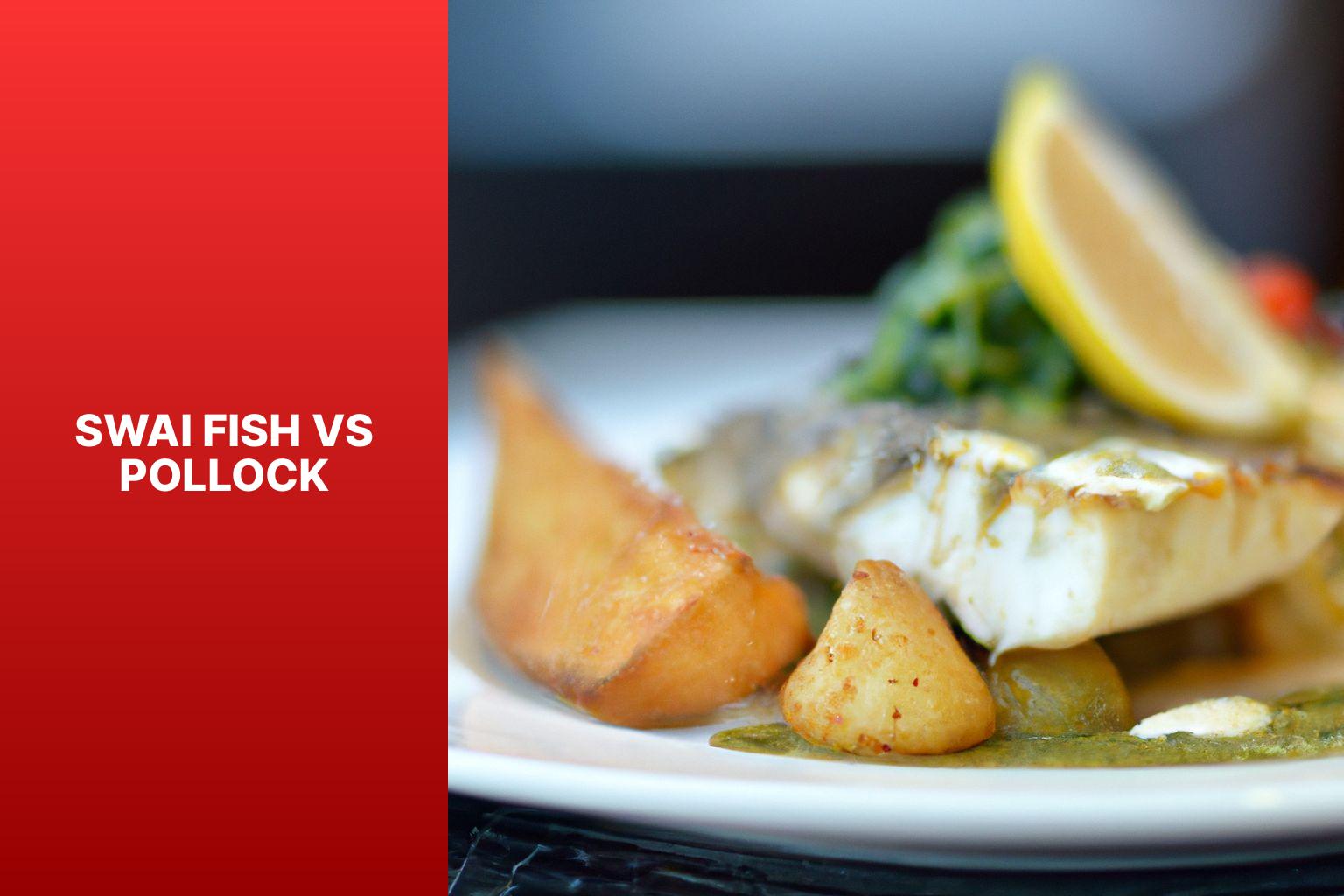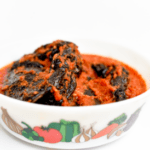When it comes to choosing seafood options, swai fish and pollock are two popular choices that offer their own distinct characteristics. Understanding the differences between these two fish can help you make an informed decision about which one suits your preferences and dietary needs.
What is Swai Fish?
Originating from Southeast Asia, swai fish, also known as Pangasius, is a freshwater fish predominantly farmed in Vietnam. It has gained popularity due to its affordability and mild flavor. Swai fish has a white, flaky flesh that is versatile and easy to cook.
What is Pollock?
Pollock, on the other hand, is a lean white fish found in both the Atlantic and Pacific oceans. It is often caught in the wild and is known for its firm texture and delicate flavor. Pollock is commonly used in various seafood dishes and is a popular choice for fish and chips.
Comparing the nutritional profiles of swai fish and pollock can provide valuable insights into their health benefits and dietary value. understanding the taste and texture differences between these two fish can help you determine which one you prefer in your culinary endeavors. Furthermore, exploring the cooking and preparation methods suitable for each fish, as well as their sustainability and environmental impact, can help you make a more informed decision about which fish aligns with your values and preferences.
Key takeaway:
- Swai Fish vs Pollock: Taste and Texture – Swai fish has a milder flavor and a softer texture compared to pollock. The taste and texture of pollock are firmer and more pronounced.
- Health Benefits: Swai Fish vs Pollock – Both swai fish and pollock are low in calories and fat, making them healthy choices. Swai fish is a good source of protein and omega-3 fatty acids, while pollock is rich in vitamins and minerals.
- Sustainability and Environmental Impact – Swai fish is often associated with concerns about sustainability due to farming practices. On the other hand, pollock is considered a more sustainable option as it is wild-caught and managed under strict regulations.
What is Swai Fish?
Swai fish, also known as Iridescent Shark or Pangasius, is a type of freshwater fish that is native to Southeast Asia. It is commonly found in rivers such as the Mekong and Chao Phraya. Here are some key characteristics of Swai fish:
- Appearance: Swai fish have a slender and elongated body with a silver-gray color. They have a smooth skin and lack scales, giving them a unique appearance.
- Size: Swai fish can grow relatively large, with adults reaching an average length of 2 to 3 feet (60 to 90 centimeters).
- Taste and Texture: The flesh of Swai fish is mild and delicate, with a slightly sweet flavor. Its texture is moist and tender.
- Availability: Swai fish is readily available in many parts of the world, particularly in the United States, where it has gained popularity as an affordable seafood option.
- Cooking Methods: Swai fish is versatile and can be prepared in various ways, including baking, grilling, frying, or steaming. It is often used in fish fillets, fish tacos, or in Asian-inspired dishes.
- Sustainability: The sustainability of Swai fish has been a topic of concern. Some sources claim that certain farming practices and environmental impacts associated with its production need improvement to ensure sustainable sourcing.
- Nutritional Value: Swai fish is a good source of protein, low in calories, and contains beneficial nutrients such as omega-3 fatty acids, vitamin D, and vitamin B12.
It’s important to note that Swai fish is sometimes confused with other fish species, like Pollock or Catfish, due to their similar appearance and taste. They are distinct species with their own characteristics.
What is Pollock?
Pollock is a type of fish that belongs to the cod family and is widely consumed around the world. Here are some key characteristics and information about Pollock:
- Scientific Name: Pollock is scientifically known as Pollachius spp. There are two main species of Pollock: Atlantic Pollock (Pollachius virens) and Alaska Pollock (Theragra chalcogramma).
- Habitat: Pollock is primarily found in the northern parts of the Atlantic and Pacific Oceans. Atlantic Pollock is commonly found in the waters off North America and Europe, while Alaska Pollock is prevalent in the North Pacific Ocean.
- Appearance: Pollock has a slender, elongated body with a slightly greenish-brown to grayish-black color on the back and a silver-white belly. They have a prominent chin barbel and a small mouth.
- Size: Pollock can vary in size, but they typically range from 1 to 3 feet in length and weigh between 1 to 30 pounds. Larger individuals can grow up to 4 feet in length.
- Diet: Pollock are carnivorous and feed on a variety of prey, including small fish, crustaceans, and squid.
- Commercial Importance: Pollock is highly valued in the fishing industry due to its abundance and versatility. It is used in various culinary preparations, such as fish fillets, fish sticks, surimi, and fish paste. Pollock is also a popular choice for fish and chips.
- Sustainability: The sustainability of Pollock varies depending on the species and fishing practices. Alaska Pollock, managed by strict regulations, is considered a sustainable choice and has been certified by organizations like the Marine Stewardship Council (MSC).
- Comparison to Swai Fish: Swai fish, also known as Basa, is a different species altogether. Swai fish is a type of catfish native to Southeast Asia and is often compared to Pollock due to its mild flavor and white flesh.
Understanding the characteristics of Pollock can help in making informed choices when it comes to cooking, consuming, or comparing it to other fish species.
Swai Fish vs Pollock: Taste and Texture


Photo Credits: Kabaia.Com by Matthew Harris
The taste and texture of Swai Fish and Pollock differ as follows:
|
Aspect |
Swai Fish |
Pollock |
|
Taste |
Swai Fish has a mild, slightly sweet flavor that is often compared to catfish or tilapia. It has a delicate taste that pairs well with various seasonings and sauces. |
Pollock tends to have a milder flavor compared to other fish. It has a clean, slightly sweet taste that is often described as similar to cod or haddock. |
|
Texture |
Swai Fish has a smooth and tender texture with large flakes. It is known for its moistness and is generally easy to cook. |
Pollock has a firm, flaky texture that holds together well when cooked. It is not as delicate as Swai Fish and has a more substantial bite. |
|
Cooking Methods |
Swai Fish is versatile and can be prepared using various cooking methods such as baking, grilling, frying, or sautéing. It absorbs flavors well and can be used in a wide range of recipes. |
Pollock is commonly used in dishes like fish and chips, fish tacos, and fish stews. It can be baked, broiled, fried, or used in soups and chowders. |
Health Benefits: Swai Fish vs Pollock
Both swai fish and pollock offer several health benefits. Here’s a comparison of their nutritional value:
|
Nutrient |
Swai Fish |
Pollock |
|
Protein |
A 3-ounce serving of swai fish provides about 17 grams of protein. Protein is essential for building and repairing tissues, supporting immune function, and maintaining muscle mass. |
A 3-ounce serving of pollock contains approximately 20 grams of protein. Adequate protein intake is important for various bodily functions and can help promote satiety. |
|
Omega-3 Fatty Acids |
Swai fish contains a moderate amount of omega-3 fatty acids, which are beneficial for heart health, reducing inflammation, and supporting brain function. |
Pollock is also a good source of omega-3 fatty acids. These essential fats have numerous health benefits, including reducing the risk of heart disease and supporting cognitive health. |
|
Calories and Fat |
Swai fish is relatively low in calories and fat. A 3-ounce serving typically contains around 90 calories and 2 grams of fat, making it a lean option. |
Pollock is also a low-calorie and low-fat fish. A 3-ounce serving generally provides about 90 calories and 1 gram of fat, making it a good choice for those watching their calorie intake. |
|
Vitamins and Minerals |
Swai fish is a source of various vitamins and minerals, including vitamin D, vitamin B12, selenium, and phosphorus. These nutrients play important roles in supporting overall health. |
Pollock is also rich in essential vitamins and minerals, such as vitamin B12, selenium, phosphorus, and potassium. These nutrients contribute to maintaining optimal bodily functions. |
Both swai fish and pollock are nutritious options that can be included in a balanced diet. It’s important to consider factors such as sourcing, sustainability, and preparation methods when making seafood choices.
Cooking and Preparation Methods
When it comes to cooking and preparing swai fish and pollock, there are several methods you can use. Here are some popular cooking techniques:
- Baking: Both swai fish and pollock can be baked in the oven. Season the fish with herbs, spices, or marinades, place it on a baking sheet, and bake at a moderate temperature until cooked through.
- Grilling: Grilling is a great way to cook swai fish and pollock, as it imparts a smoky flavor. Brush the fish with oil or marinade, and grill over medium heat until it is opaque and flakes easily.
- Pan-Frying: Pan-frying is a quick and easy method for cooking swai fish and pollock. Coat the fish with flour or breadcrumbs, heat oil in a skillet, and cook the fish until it is golden brown and cooked through.
- Deep-Frying: Deep-frying is another option for cooking swai fish and pollock. Coat the fish with batter or breadcrumbs, heat oil in a deep-fryer or large pot, and fry until the fish is crispy and cooked.
- Steaming: Steaming is a healthy and delicate method of cooking swai fish and pollock. Place the fish on a steaming rack or in a steamer basket, season it with herbs or spices, and steam until it is opaque and tender.
- Poaching: Poaching is a gentle cooking method that keeps the fish moist and tender. Place the fish in a simmering liquid, such as water, broth, or wine, and cook until it is cooked through.
- Broiling: Broiling is a quick and easy way to cook swai fish and pollock. Place the fish on a broiling pan, season it with herbs or spices, and broil until it is opaque and lightly browned.
- Cooking in Sauce: Swai fish and pollock can be cooked in a flavorful sauce or broth. Simmer the fish in the sauce until it is cooked through and absorbs the flavors.
- Ceviche: Ceviche is a popular method of preparing swai fish and pollock, especially in Latin American cuisine. Marinate the fish in citrus juice until it is “cooked” by the acid.
- Stir-Frying: Stir-frying is a quick and flavorful way to cook swai fish and pollock. Cut the fish into small pieces, stir-fry it with vegetables and seasonings in a hot pan, and cook until it is opaque and tender.
These cooking methods offer a variety of options for preparing swai fish and pollock, allowing you to explore different flavors and textures based on your preferences.
Sustainability and Environmental Impact


Photo Credits: Kabaia.Com by Roger Miller
When comparing swai fish and pollock, one important aspect to consider is their sustainability and environmental impact:
- Swai Fish: Swai fish, also known as pangasius or basa, is primarily farmed in Southeast Asia, particularly in Vietnam. The farming practices and environmental regulations in this region can vary, leading to concerns about the sustainability of swai fish production. Some farms may use unsustainable practices, such as overcrowding and excessive use of antibiotics or chemicals.
- Pollock: Pollock, also known as Alaska pollock, is a wild-caught fish primarily found in the cold waters of the North Pacific Ocean, particularly in the Bering Sea. The management of pollock fisheries in the United States is guided by strict regulations and quotas to ensure sustainable fishing practices. These measures help protect the pollock population and maintain the health of the marine ecosystem.
When it comes to sustainability and environmental impact, choosing wild-caught pollock from well-managed fisheries can be a more sustainable choice compared to swai fish. It is important to look for eco-certifications, such as the Marine Stewardship Council (MSC) certification, when purchasing pollock to ensure its sustainability.
Some Facts About Swai Fish vs Pollock:
- ✅ Swai fish and pollock are both popular white-fleshed fish. (Source: Our Team)
- ✅ Swai fish is often imported from Vietnam, while pollock is commonly found in the North Atlantic. (Source: Our Team)
- ✅ Swai fish has a mild, delicate flavor similar to pollock. (Source: Our Team)
- ✅ Swai fish is often considered an affordable substitute for pollock due to its similar taste and texture. (Source: Our Team)
- ✅ Both swai fish and pollock can be cooked in various ways such as baking, frying, or grilling. (Source: Our Team)
Frequently Asked Questions
What is swai fish and how does it compare to pollock?
Swai fish, also known as Asian catfish or iridescent shark catfish, is an imported fish from Vietnam with a mild taste and delicate texture. On the other hand, pollock is a different species of fish with a firmer texture and a milder flavor compared to swai fish.
Are fish farms involved in the production of swai fish?
Yes, swai fish is primarily farmed and associated with Vietnam. It is often produced on fish farms in Vietnamese rivers, including the Mekong River. However, it is important to note that not all fish farms have the same practices, and there can be variations in water quality and farming methods.
Is swai fish a healthy option in terms of nutritional value?
Swai fish offers a decent amount of protein but very little omega-3 fat. While it can be considered a moderate source of nutrition, there are alternative fish options like haddock, salmon, or other fish with higher nutritional value that may be healthier choices.
What are the concerns regarding the farming practices of swai fish?
There are concerns about pollution and the use of antibiotics in swai fish farms. The crowded fish farms and the use of antibiotics can contribute to water pollution, harm the ecosystem, and also lead to potential bacterial resistance, reducing the effectiveness of medicine in people.
Is there a risk of mislabeling when purchasing swai fish?
Yes, swai fish is often mislabeled and sold as other types of fish, intentionally or unintentionally. This mislabeling practice is a cause for concern, as it can lead to confusion about the true identity and source of the fish.
What are the recommendations for purchasing and cooking swai fish?
If you choose to eat swai fish, it is recommended to buy brands with eco-certification and to cook it well to destroy harmful bacteria. Additionally, it is generally advisable to eat a variety of different types of fish to reduce the risks of over-exposure to contaminants.




